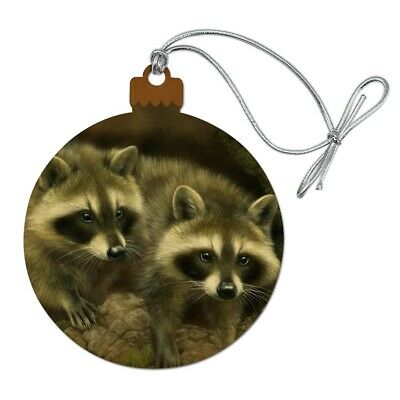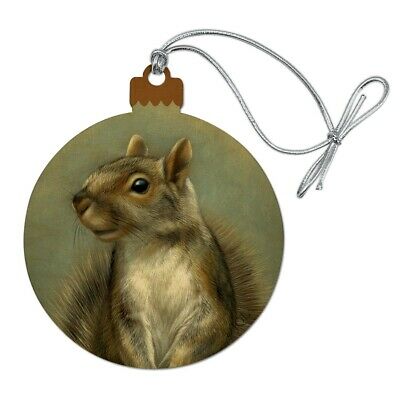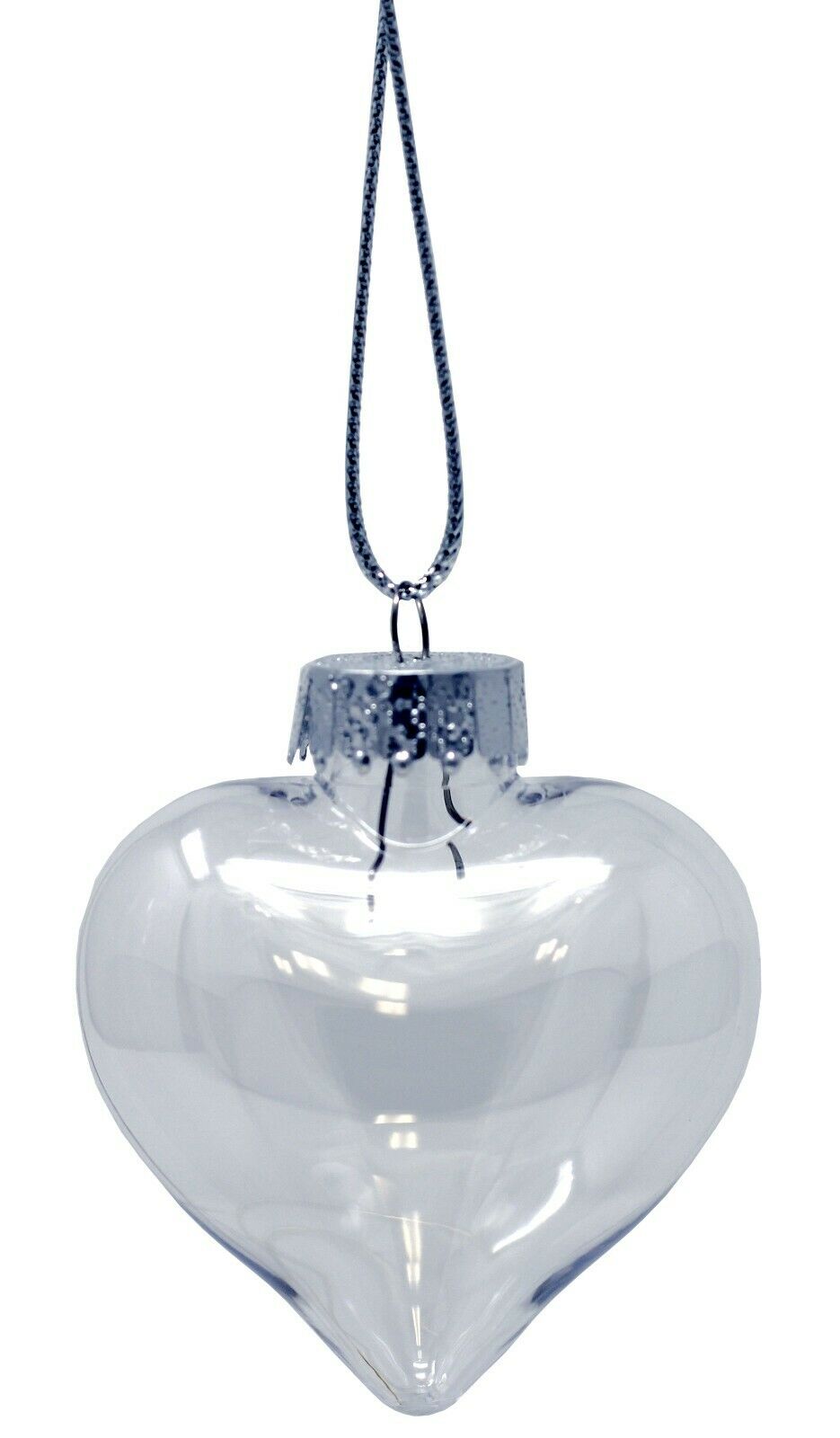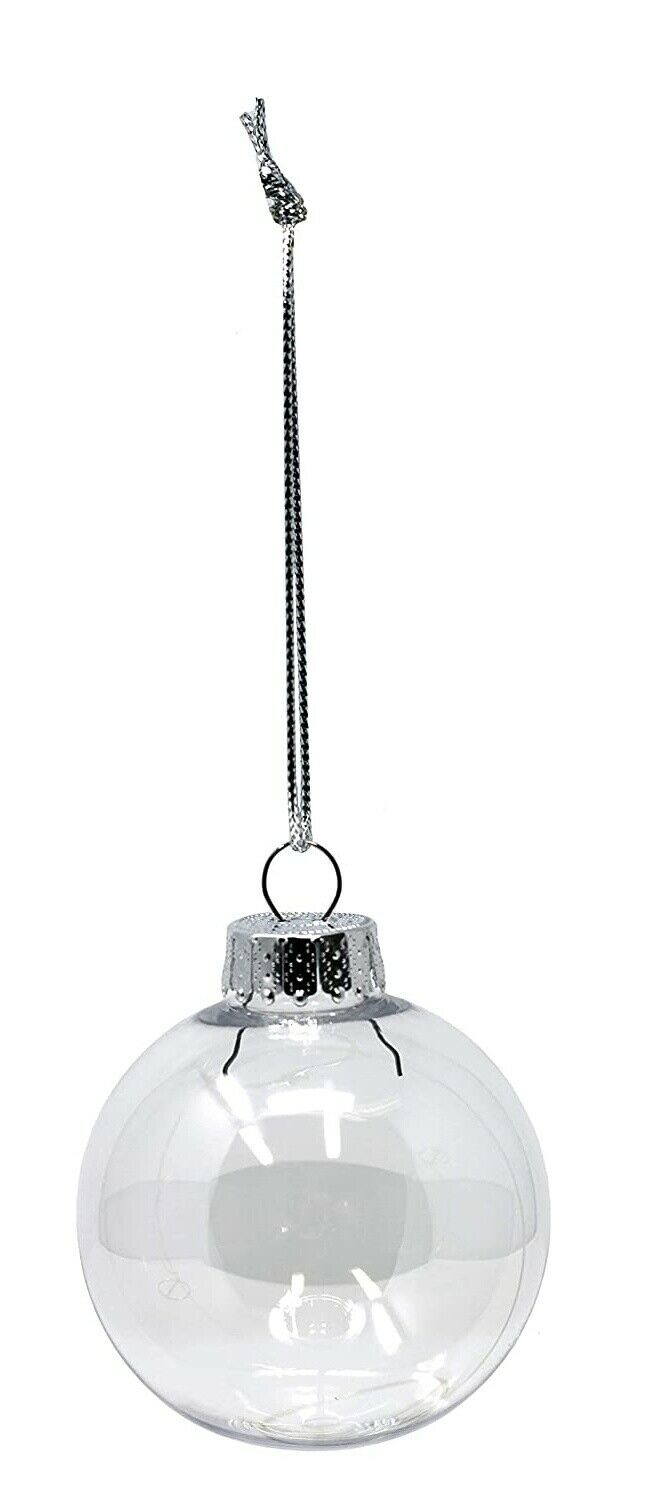-40%
Platycerium Superbum * Staghorn Fern * Unusual Tropical Plant * 10 Tiny Seeds *
$ 2.63
- Description
- Size Guide
Description
10 TINY SEEDS OF PALTCERIUM SUPERBUMA large, epiphytic fern with antler-like, deeply lobed, leathery fronds, native to lowland rainforests in eastern Australia.
Platycerium superbum are epiphytic ferns native to the tropical regions of Australia. They have complex anatomy with different types of fronds serving different purposes. Non-fertile fronds can grow up to one meter in length and form a humus collecting nest.
In natural environments, falling leaves and other plant debris are collected in this nest and provide nutrients for the plant as they break down.
Fertile fronds can grow up to two meters in length allowing these plants to achieve impressive stature.
These plants are aptly nicknamed for their broad, branching ferns that resemble the antlers of a stag or elk.
Staghorn ferns plants make excellent houseplants that will grow well as potted plants, in hanging baskets or as mounted ornamentals.
Platycerium superbum grows best in light shade, or medium to bright filtered sunlight.
Place in a spot that gets direct morning sun or indirect sun in the afternoon. A north or east-facing window would be ideal.
Staghorn ferns will thrive in high humidity environments. Ambient moisture is essential to keeping these sprawling fronds lush and green.
A well-lit bathroom or kitchen where there is plenty of humidity is a great spot.
A temperature of about 70°F is ideal, avoid anything below 60°F.
Consistent temperature is key. These ferns are not very tolerant of temperature fluctuations or cold, drafty air.
Keep the soil lightly moist, but not soggy. Water when the top quarter to half of the soil feels dry.
In the warm spring and summer months start out at about once a week, and during the fall and winter reduce watering to about once every two to three weeks.
The frequency of watering will depend on a variety of conditions such as temperature, the degree of humidity, the amount of available light and the size of your plant and planter.
Use the watering schedule as a rule of thumb and adjust your watering as necessary based on your conditions.
In their native environment, staghorn ferns are spoiled by a rich, moist, well-drained soil, and fertilized by decaying organic matter.
Coco coir and compost are excellent amendments to ensure that soil provides adequate moisture and is high in organic nutrients.
Staghorn ferns have shallow root systems. Plant roots close to the soil surface and make sure soil mixture has excellent drainage to avoid root rot.
Perlite up to 25% is a great amendment for improving drainage and aeration.
Staghorn ferns, especially younger ones, will benefit from a nutrient boost during the spring and summer.
Fertilize once monthly using a balanced fertilizer or cover the top of the soil with a layer of compost one inch thick, for a natural, gentle, slow-release fertilizer application.











